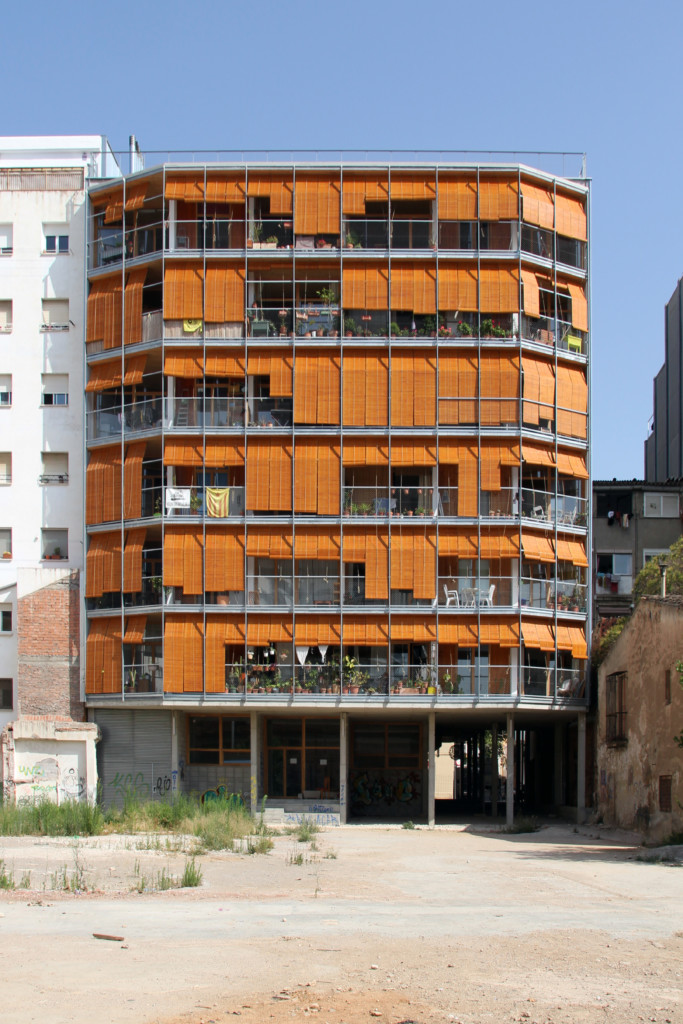
References – La Borda – Image from Lacol
La Borda housing cooperative is a development self-managed by its users to access decent, non-speculative housing, which puts its use value at the center, through a collective structure. The idea of ??a housing cooperative was born in 2012 as a Can Batlló project promoted by the community in the process of recovering the industrial warehouse, and the neighborhood and cooperative fabric of the Sants neighborhood of Barcelona. The project is located on public land for social housing, with a 75-year lease. Located on Constitució Street, in a position bordering the Can Batlló industrial area with a façade to the current La Bordeta neighbourhood.
There are three fundamental and transversal principles of the project. First, redefine the collective housing program. The construction program proposes 28 units (40, 60 and 75m²) and community spaces that allow the fact of living to be extended, from private space to public space to enhance community life. These spaces are: kitchen-dining room, laundry room, multipurpose space, guest space, health and care space, storage room on each floor, and exterior and semi-exterior spaces such as the patio and decks. All of them are articulated around a central courtyard, a large space for relationships that is reminiscent of the “corralas”, a type of popular housing in the center and south of Spain.
Second principal, sustainability and environmental quality. The objective is to build with the least possible environmental impact, both on the construction site and during its life and, above all, to achieve comfort in homes with minimum consumption, in order to reduce the overall costs of access to housing and eliminate the possibility of energy poverty. between users. We start from the conviction that the best strategy is to reduce the initial demand of all environmental vectors of the building (energy, water, materials and waste), especially at the energy level, where we prioritize passive strategies to achieve maximum use of existing resources. resources.
Third principle, user participation. The self-promotion and subsequent collective management implies that the participation of future users in the process (design, construction and use) is the most important and differential variable of the project, generating an opportunity to meet and project with them and their specific needs.
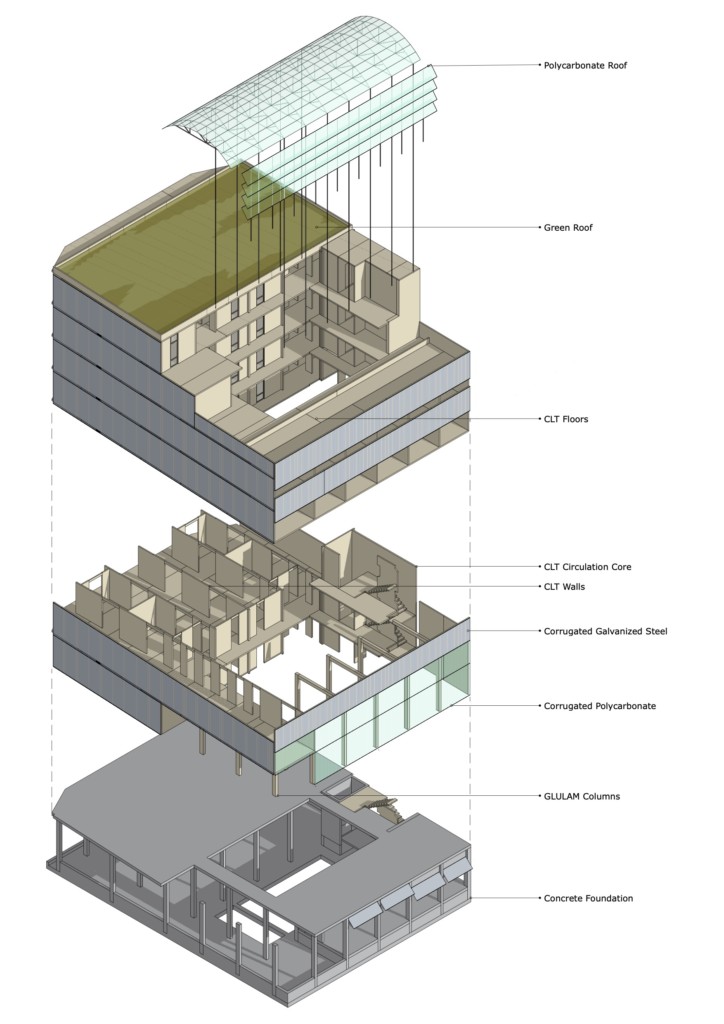
Structural Exploded Axonometric
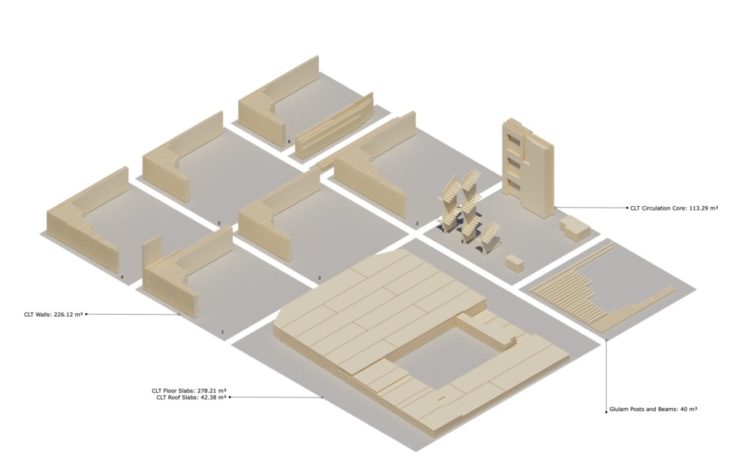
Quantitative Analysis

Material Ecology
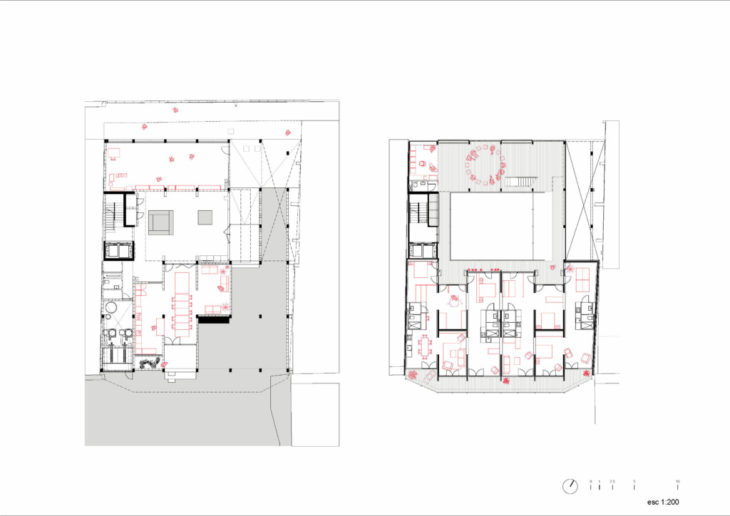
Plans (Ground Level and First Level)
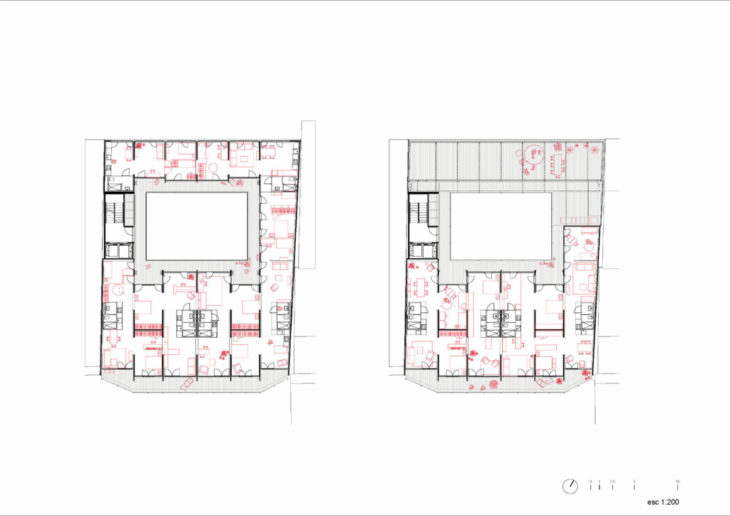
4th and 5th Level
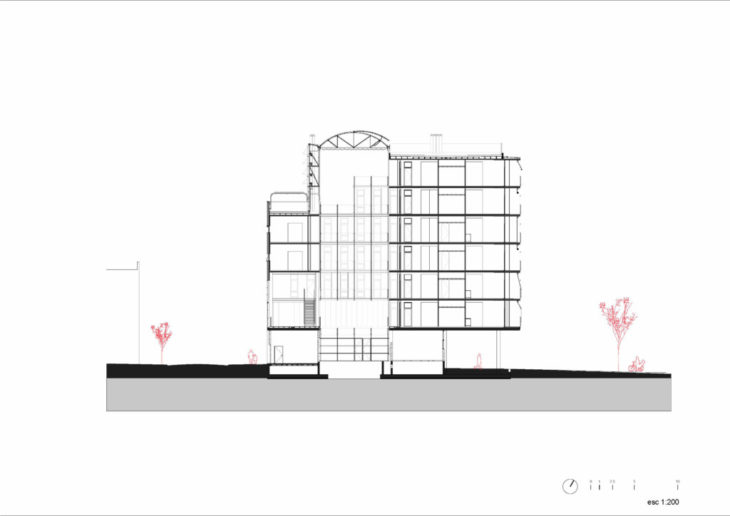
Section
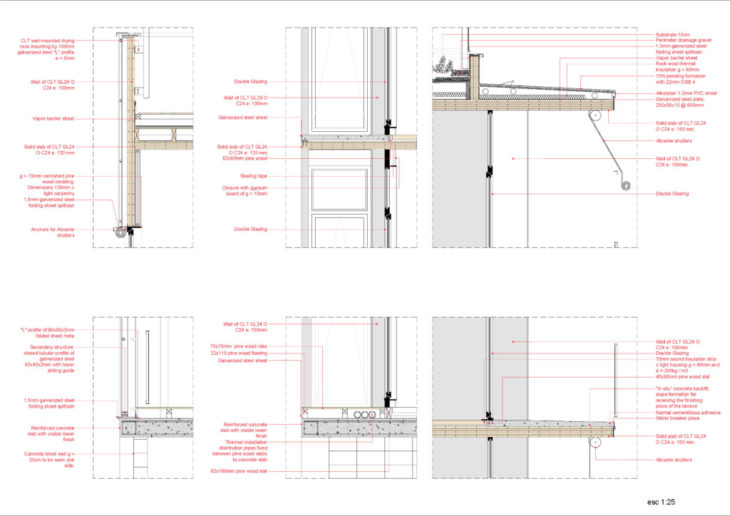
Detail 1:25
Links:
La Borda Case Study is a project of IaaC, Institute for Advanced Architecture of Catalonia developed at MMTD Master in Mass Timber Design in 2021/2022 by Students: Juan Bugarin, Alexander Garduño. Faculty: Kya Kerner. Course: Cases 2.